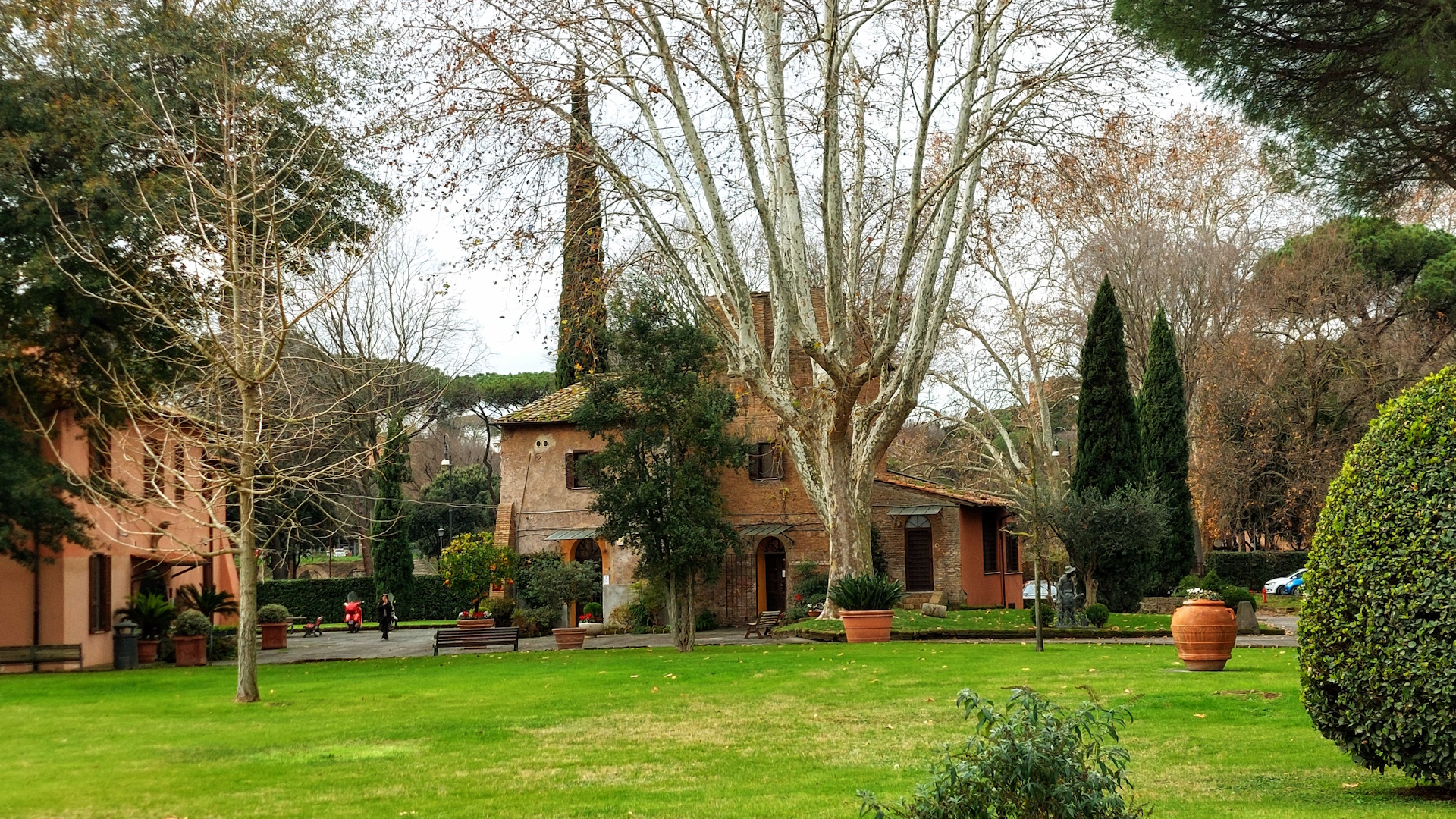
Eingebettet zwischen den Caracalla-Thermen, der Villa Celimontana und der Porta Metronia ist das Semenzaio di San Sisto heute der Sitz des Gartenamtes der Stadt Rom, einer der grünsten Städte Europas. Seine Geschichte beginnt jedoch im frühen 19. Jahrhundert, als Napoleon nach der französischen Besetzung der Stadt den jungen Aristokraten Camille de Tournon zum Präfekten von Rom wählte.
Tournon hatte die Idee, auf dem Gelände des Klosters San Sisto, in dem seit 1222 Dominikanerinnen lebten, eine „Pepinière“ zu errichten, eine Gärtnerei, in der Pflanzen für die neuen öffentlichen Alleen und Parks Roms gezogen werden sollten. Ein weiterer Grund für die Wahl dieses Standorts war das Vorhandensein einer Wasserstraße, die von der Porta Metronia nach Rom führte und zwei Wassermühlen speiste, die „Mola di San Sisto Vecchio“ und die „Molella“, deren Strukturen heute noch teilweise erhalten sind.
Als die französischen Truppen 1814 die Stadt verließen, erbte die päpstliche Regierung bis zu 30.000 Bäume, die verpflanzt werden sollten. Die Baumschule erlebte jedoch ein wechselhaftes Schicksal, bis sie 1926 von dem Landschaftsarchitekten Raffaele De Vico renoviert und restauriert wurde. De Vico entwarf die prächtigen Gewächshäuser aus Eisen und Glas für die Blumen und das Gebäude der Aranciera (Orangerie) für die empfindlicheren Pflanzen, das eine monumentale neoklassizistische Fassade aufweist.
Der Park nimmt eine große Fläche ein und seine Alleen beherbergen Pflanzen aus verschiedenen Teilen der Welt. Im Semenzaio werden Azaleen gezüchtet, die jedes Jahr zwischen April und Mai die Spanische Treppe schmücken, sowie eine reiche Sammlung von seltenen und wertvollen Pflanzen, darunter Orchideen und fleischfressende Pflanzen. Der Semenzaio ist für die Öffentlichkeit nicht zugänglich, aber das Gartenamt organisiert regelmäßig Führungen.
Informationen
Not open to the public.
Can only be visited during guided tours of the Environment Department.
 Condividi
Condividi
Location
Um mehr über alle barrierefreien Dienste zu erfahren, besuchen Sie den Abschnitt barrierefreies Rom.











































